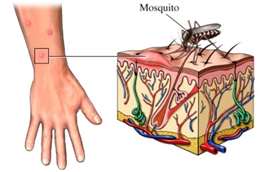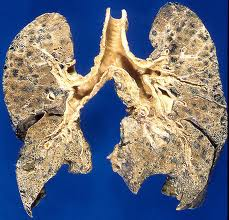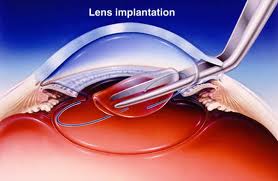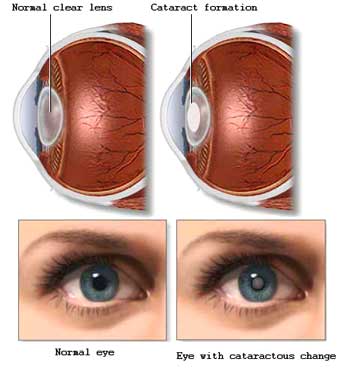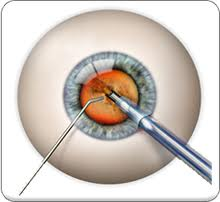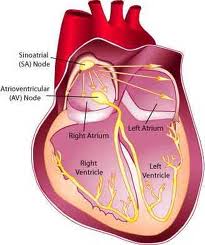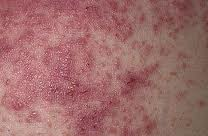Fingers are easily injured from everyday activities, and finger injuries are some of the most common traumatic injuries seen in an emergency room. Injuries may range from simple bruises or contusions to broken bones and dislocations of the joints. Understanding the basic anatomy of the hand and fingers is useful in understanding different types of finger injuries, broken fingers, and how some treatments differ from others. Continue reading

